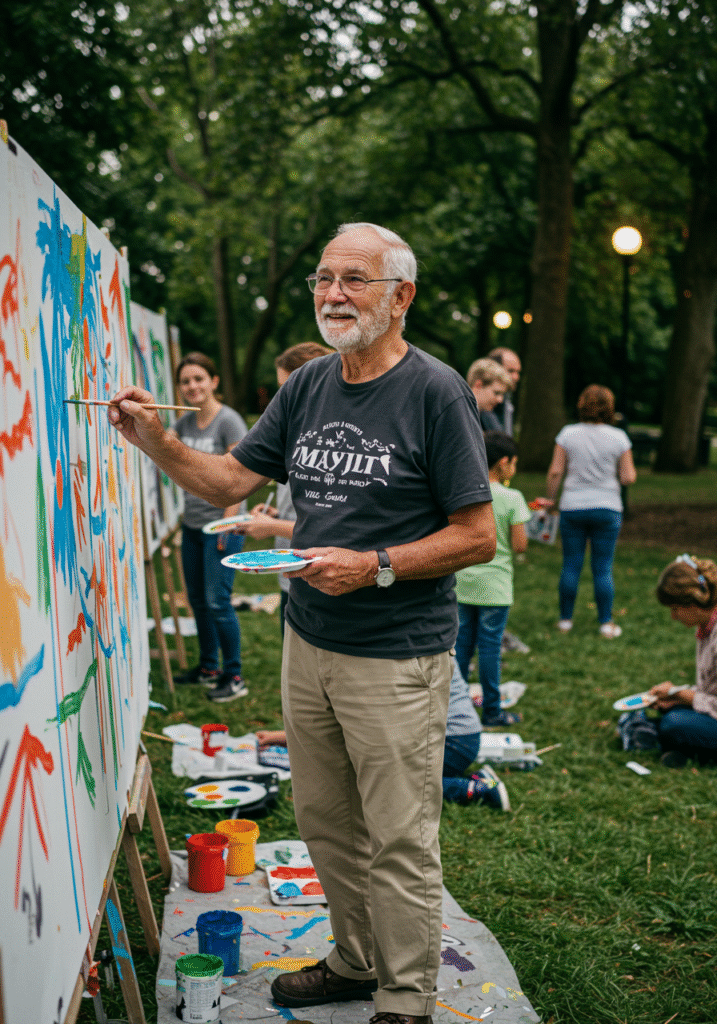1. Introduction
In recent years, the silent crisis of adult loneliness has gained increasing recognition as a pressing public health concern affecting millions across the globe. Despite technological advancements and the ubiquity of social media, many adults still grapple with feelings of isolation and disconnection, leading to profound impacts on their mental and physical well-being. This complex phenomenon highlights the urgent need to understand why some people drain you and how to prevent overextending, as well as effective strategies to build real bonds. This comprehensive guide delves into the causes, consequences, and practical solutions for overcoming adult loneliness, nurturing genuine connections that enhance overall quality of life. Additionally, exploring essential tools like the super fun couples game for date night can inspire meaningful shared experiences, which are vital in combating loneliness.

2. Understanding the Silent Crisis: The Prevalence of Adult Loneliness
Adult loneliness has transformed into a widespread issue with serious repercussions for both mental and physical health. Research reveals that nearly 33% of adults experience persistent loneliness, which can elevate the risk of depression, anxiety, and cardiovascular disease. In an era marked by remote work, social media overload, and rapid urbanization, authentic social interactions are becoming scarce, leading to a decline in genuine human connections. Recognizing that these societal shifts, though seemingly beneficial, inadvertently foster emotional disconnection is crucial. Innovations like social apps and digital platforms, highlighted among the essential tools such as couples scratch-off date ideas, can sometimes help bridge social gaps—for example, helping individuals find activities that encourage face-to-face interaction and build lasting bonds.
Additionally, personal factors like divorce, losing loved ones, or relocating can dramatically increase feelings of isolation. Addressing this quiet epidemic requires awareness and proactive engagement with community resources and relationship-building tools.

3. The Impact of Social Isolation on Mental and Physical Health
Loneliness in adults isn’t merely an emotional experience; it significantly impacts overall health. Studies connect chronic social isolation to increased risks of heart disease, weakened immune function, and accelerated cognitive decline. The emotional toll can also manifest as severe mental health conditions, including depression and suicidal thoughts. Addressing these issues requires a comprehensive approach, emphasizing the importance of deepening emotional intimacy and fostering meaningful social bonds. Incorporating tools like Let’s Get Deep card games for couples can teach individuals vulnerable communication techniques, essential for creating lasting connections that buffer against loneliness.
Understanding the health risks underscores the importance of community involvement and personal efforts to nurture relationships, ultimately safeguarding mental and physical wellness.

4. How to Build Real Bonds: Practical Strategies for Combating Adult Loneliness
Creating authentic relationships is essential to overcoming the pervasive issue of adult loneliness. Practical strategies include leveraging some of the best tools and games that foster genuine connection. For instance, Risky Couples – Super Fun Couples Game for Date Night introduces engaging dares and questions that break down barriers and ignite honest conversations. Additionally, utilizing insightful resources such as The Seven Principles for Making Marriage Work can provide foundational principles to deepen bonds.
- Prioritize quality over quantity: Focus on meaningful interactions with those you trust rather than superficial contacts.
- Engage in shared activities: Join hobby groups, volunteer, or participate in community events like fun date ideas to foster natural connections.
- Practice active listening: Invest in listening skills to empathize and validate others’ feelings, strengthening emotional intimacy.
- Be consistent: Regular interactions, such as weekly meetups or virtual calls, nurture ongoing bonds.
- Utilize technology purposefully: Digital tools like couples card games and video chats help maintain long-distance relationships and reconnect with distant loved ones.
Implementing these proven techniques can significantly diminish loneliness and elevate your overall happiness and connection quality.

5. Building a Supportive Community and Encouraging Engagement
A strong community framework is instrumental in countering adult loneliness. Initiatives like local neighborhood groups, senior centers, and social events provide vital opportunities for connection. Promoting participation in community activities is crucial; for example, volunteering, attending local book clubs, or joining faith-based groups can foster a sense of purpose and belonging. Engaging in such activities not only helps individuals combat loneliness but also encourages a culture of empathy and mutual support. To facilitate deeper connections, consider exploring relationships through tools like Family Compact Among Generations, which emphasizes intergenerational bonds that strengthen community resilience.
Encouraging participation in family games and collective projects can significantly enhance social cohesion and reduce feelings of isolation.
FAQs: Addressing Common Questions About Adult Loneliness and Bond Building
What are the main causes of loneliness among adults?
Common causes include social isolation, loss of loved ones, mobility limitations, mental health challenges, and modern lifestyle factors such as increased remote work and urban living, which hinder organic social interactions.
How can I overcome feelings of loneliness?
Engage actively in social activities, nurture existing relationships, pursue hobbies that bring joy, and seek professional support if necessary. Incorporating daily routines that include purposeful social engagement, such as attending a local class or volunteering, can dramatically improve emotional health.
What are effective ways to build lasting social bonds?
Focus on authentic, empathetic, and consistent interactions. Participating in shared experiences, like couples games or community events, alongside attentive listening, facilitates deep trust and connection.
Is technology helpful in combating adult loneliness?
Definitely. Digital tools like couples card decks and video conferencing platforms enable individuals to maintain relationships across distances, making them effective in bridging social gaps when physical meetings aren’t possible.
How can communities promote social engagement among adults?
By organizing inclusive events, supporting local collaborations, creating safe spaces for interaction, and encouraging participation in groups tailored to diverse interests, communities can significantly reduce social isolation among adults.
6. Conclusion
Addressing adult loneliness requires a multifaceted approach that involves individual effort, community involvement, and intentional use of engaging tools like the couples card game. Building genuine, trusting relationships is essential not only for emotional fulfillment but also for improving overall health and happiness. Recognizing this quiet epidemic, and actively working to foster meaningful social bonds, can transform lives and communities alike. Remember, nobody should face loneliness alone; by prioritizing connection, you contribute to a healthier, more compassionate society.


2 thoughts on “The Quiet Epidemic of Adult Loneliness & How to Build Real Bonds”